Before buying products made of nubuck, suede or velour, a person has a choice. What is better to buy and how to care for this or that material. This article talks about the differences in leather and how to care for them.
What is suede and nubuck
Suede is a velvety leather produced by a method of fat and formaldehyde tanning from various animal skins. It usually has no face layer.
Nubuck - it uses chrome tanning, such material is quite durable. To make the appearance beautiful, the outer part of the material is sanded half a millimeter. The texture of this material and natural pores do not change, the material breathes very well. Winter shoes are made from it, since it will not be a problem to walk on dirt in nubuck.
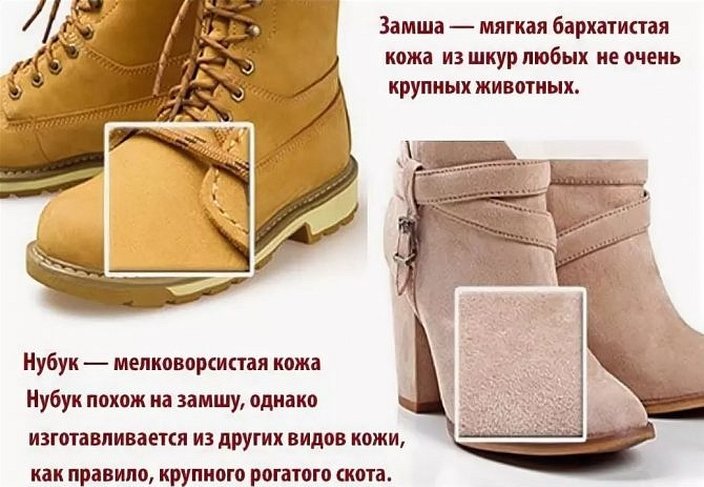
Production technology
Suede is made from the skins of small animals: deer, rams, sheep, foxes.
To give the material a beautiful appearance while maintaining its qualities, it undergoes long processing.
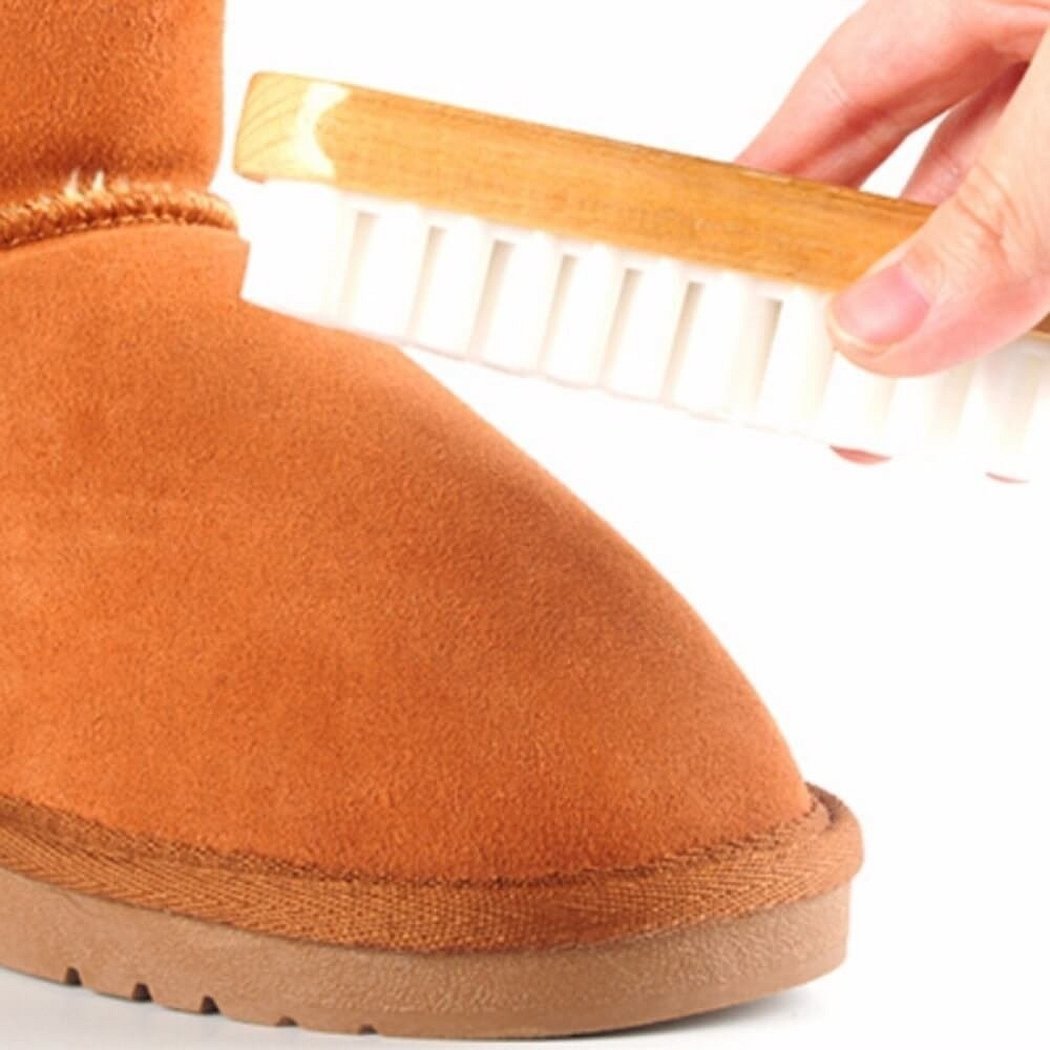
The skin is impregnated with vegetable fats, making it soft and elastic, which is very important for the production of various clothing items.
The skin becomes smooth, velvety and pleasant to the touch. It becomes more aesthetically pleasing visually.
The quality of nubuku shoes depends on how good the raw material the manufacturer used. European raw materials are not subjected to Chinese stretching, this is the process of stretching the skins on the surface and steaming them. After it is saturated with steam, it swells and is stretched twice, after which the skin is hung, dried and washed with chemicals that are dangerous to health. This method is used in Asian countries in order to save money.

Please note! It is better not to buy shoes from China and Thailand, they are impossible to clean and they tear quickly. The most famous European factory producing shoes from nubuck is Bonti.
Suede and Nubuck - What's the Difference?
The differences between these materials are presented below:
- Quality of components. While suede is made from elk or deer skin, nubuck is made from regular cattle;
- Production method: The dressing of suede skins involves a fat method, while chrome is used for nubuku;
- Appearance. Nubuck has almost no pile, unlike suede. The latter is double-sided, and nubuck is smooth on only one side;
- Elasticity. Suede stretches very well, while nubuck has almost no stretch;
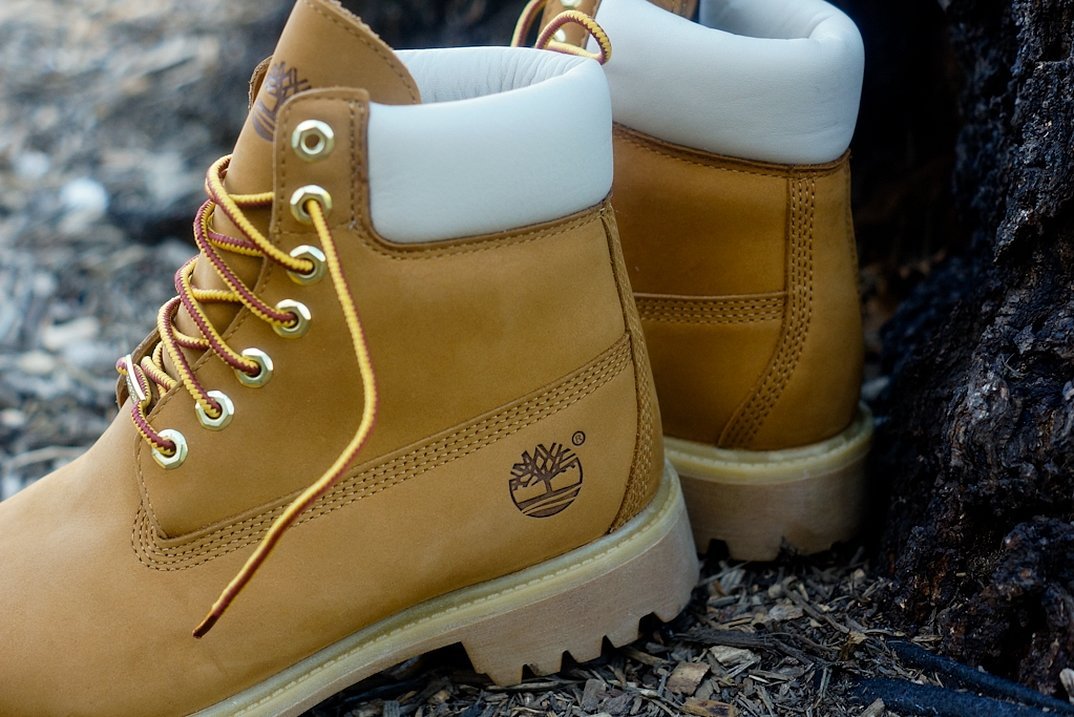
- Differences in feel. Suede will be softer and more pleasant than rough nubuck;
- Water resistance. Both leathers do not tolerate moisture, but nubuck leather is more susceptible to getting wet;
- Service life. Suede will last much longer than nubuck;
- Care. Nubuck is easy to care for, suede requires sprays and regular cleaning;
- Cost. Suede is considered one of the expensive materials and not everyone can afford it, nubuck fabric is more budget-friendly.
External differences between suede and nubuck or velour
Nubuck and suede are not very different. The main difference between suede and other materials is its high, pleasant pile, the presence of some bends and small technical cracks, but they do not affect the quality of the shoes.
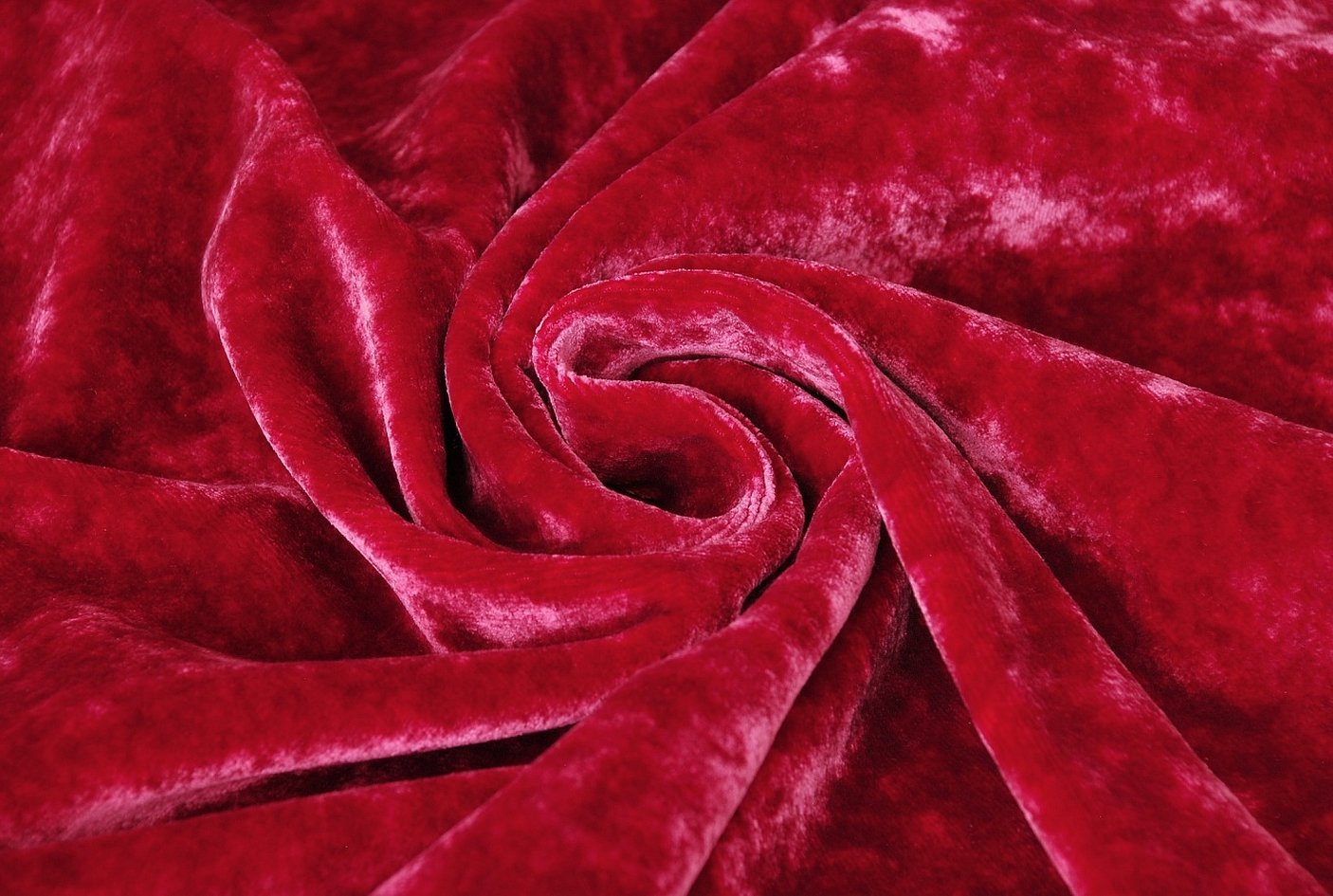
Nubuck and velour have almost no pile, so they are very smooth, compared to suede. They look very nice, but wear out quickly.
Suede products are much more expensive than velour ones. Although the latter needs to be carefully looked after, not worn in rainy weather and stored properly.
Suede shoes can be worn in rain, snow or mud. Before going out, you need to cover them with a water-repellent spray. So that you don’t have to clean them later.
It is sometimes difficult to distinguish suede from nubuck externally, as they have a very similar surface.
Comparison of characteristics: velour, suede and nubuck
Suede, velour and nubuck - what is the difference is presented in the table below.
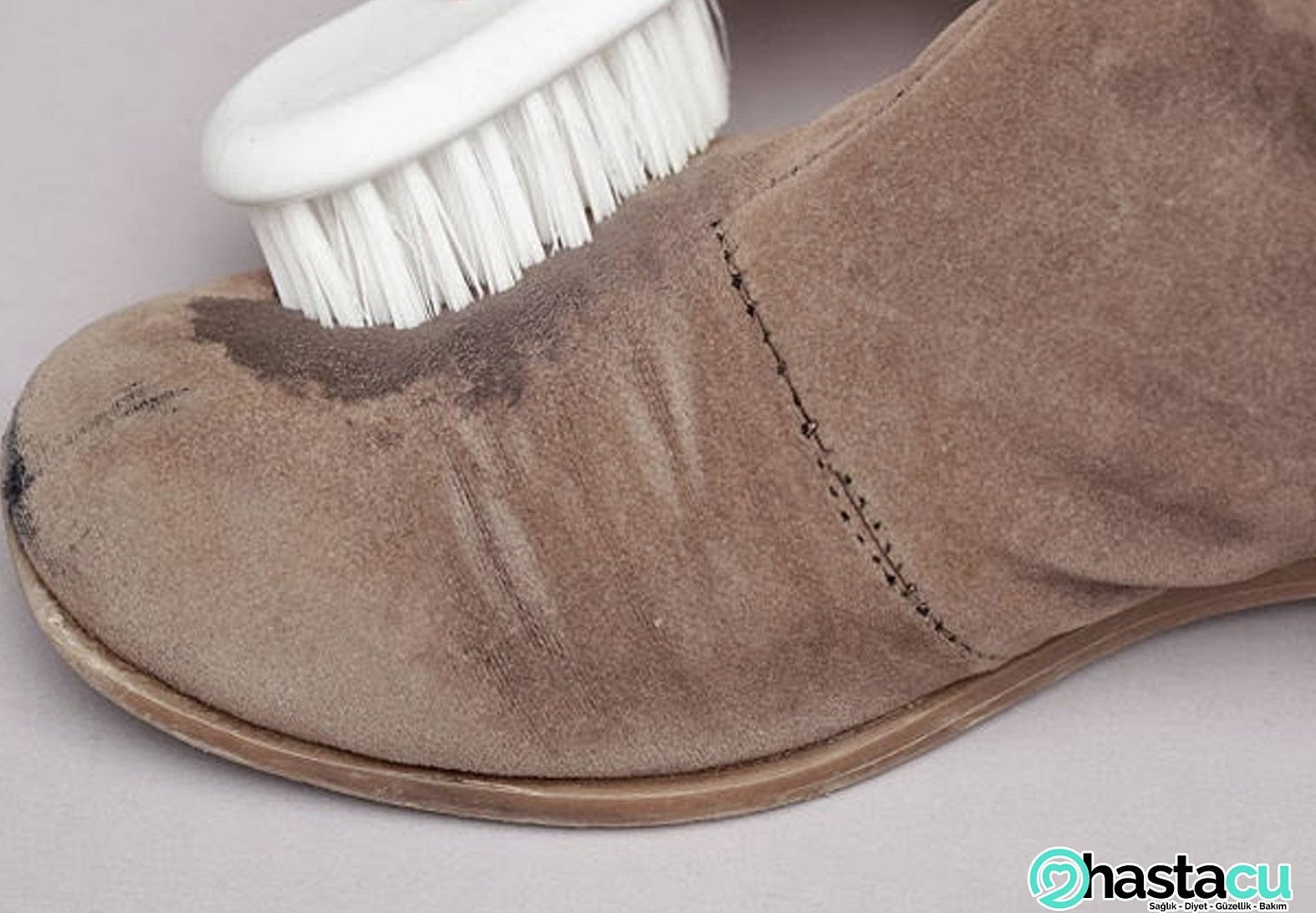
| List of professions | Regulatory procedure for issuance |
| Builders | signal uniform; gloves; face and ear protection; vibration reduction equipment |
| Drivers | mittens; warm suit; special footwear |
| Loaders | overalls; gloves; jackets; trousers. |
| Sales staff | headscarves; gloves; robes |
| Agricultural staff | gloves; shoes; mittens. |
| Electrical workers | dielectric special gloves; special footwear; headgear; outerwear; thermal underwear for dielectrics. |
Which is better?
Many people are faced with a choice of products, so what is better? If high quality is important and it will not be difficult to spend a lot, then you need to buy suede. Nubuck is chosen by more economical people, but both products can look elegant, the main thing is to properly care for them. If you are faced with a choice between nubuck or leather, which is better to choose, then it is advisable to give preference to leather. Both of these materials retain heat well, but leather is less whimsical in use.
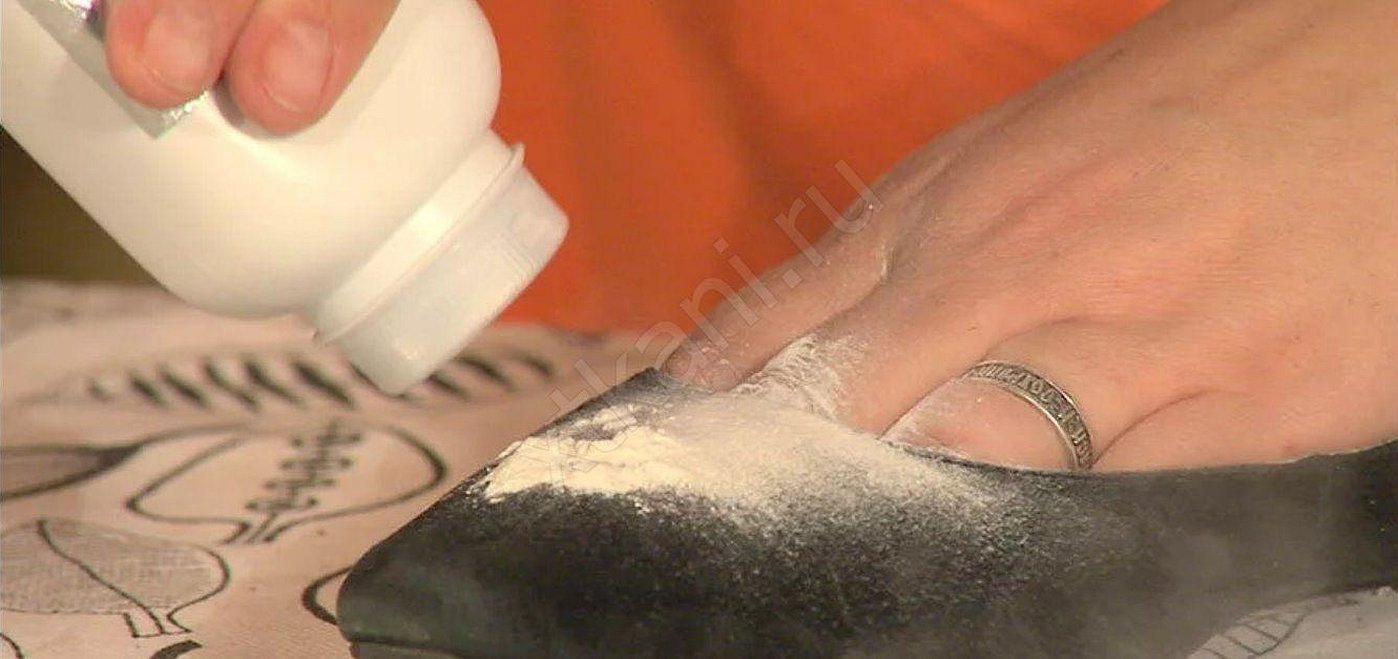
Genuine leather is not polished. For the production of canvas, parts of the leather are taken that do not have cracks or defects. Due to the high quality, polishing is not performed. The leather is almost not processed in any way.
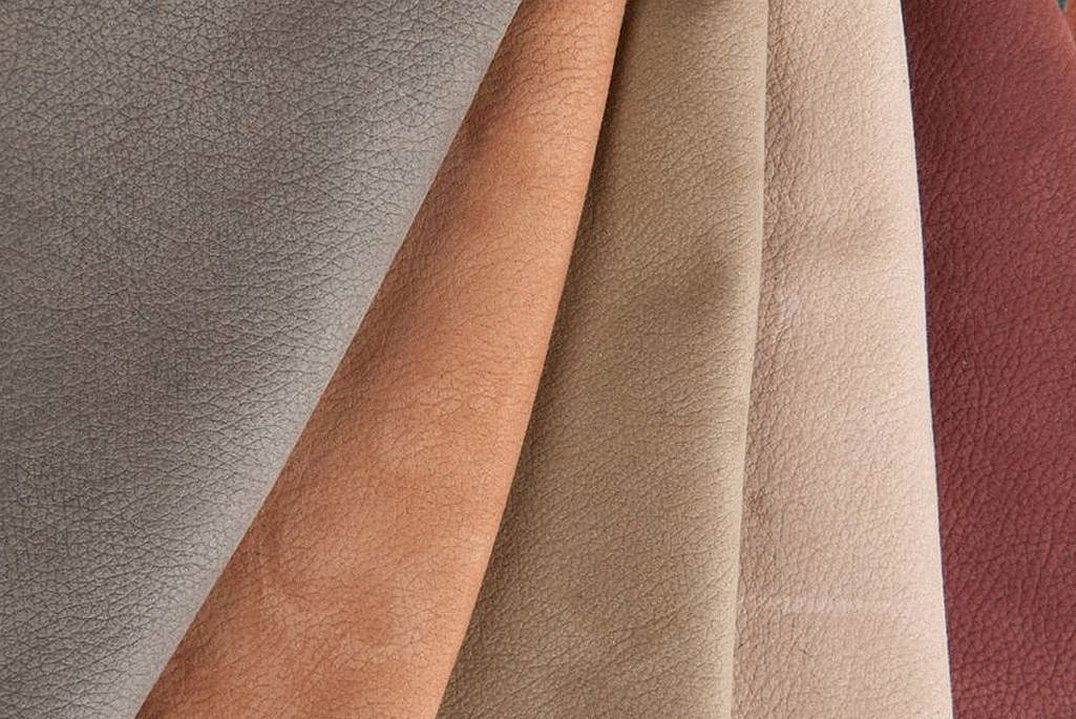
The properties of such material directly depend on the type of animal. During production, the product is polished and treated with a composition to preserve the color. But only on the top layer. Thanks to the treatment, the fabric becomes more textured.
The advantage of genuine leather will be: universality of use, good water-repellent properties, density and long service life. Sometimes creases appear that cannot be removed.
Care of materials
After purchasing, you should not rush to use it. When you bring it home, you need to treat the product with a spray against moisture and dirt and let it dry for at least 5 hours.
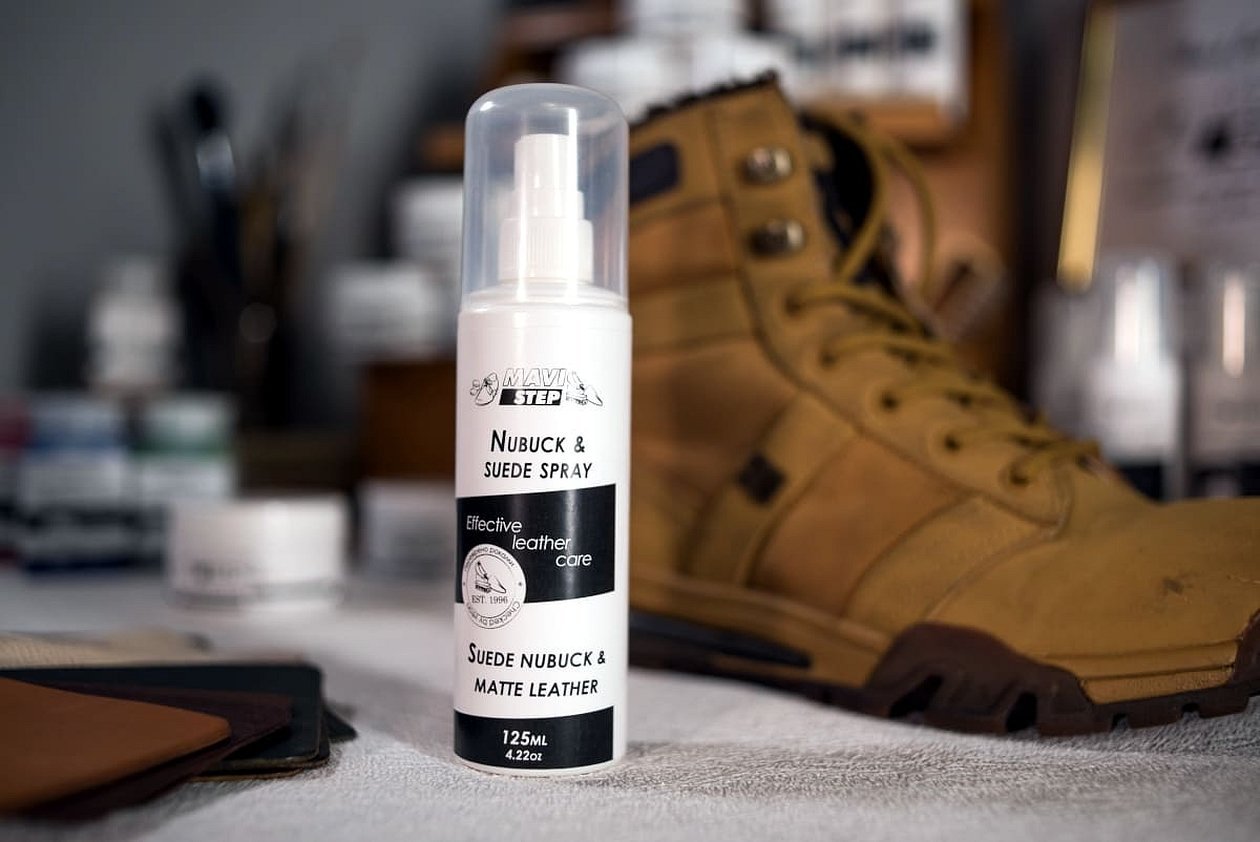
Some care products are quite expensive, but they should not be neglected. All of this is better than buying new shoes in a month. It is advisable to buy all the sprays and creams when buying shoes. Only buy impregnations from well-known brands, because fakes may contain substances that are dangerous to health. Thanks to the impregnation, all the moisture and dirt will remain on the surface of the shoes in the form of drops, and will not be able to penetrate inside.
Storage rules
It is necessary to store shoes and products made of such materials as suede, velour and nubuck only in dry form. It is recommended, after each use, to go over the leather with a soft brush to remove dust. Storage should be in a special box, away from heating devices or open sunlight. Drying only at room temperature.

Winter storage is carried out in several stages:
- You need to buy a sponge brush and foam cleaner. Use them to clean the shoes from the layer of dust;
- A shoe eraser will help remove greasy stains, if any, and will help the suede return to its velvety appearance;
- It is necessary to use a professional spray to preserve the color of the shoes;
- Do not place near a radiator, otherwise the leather will become deformed.
Rules for storing nubuck:
- Shoes need to be sprayed with a special product for nubuck;
- Large greasy or dirty stains can be removed with a shoe eraser;
- If there are serious stains, the shoes need to be washed. Add a few drops of ammonia to half a liter of warm water, take a cotton cloth, wet it in water and start washing;
- The shoes will dry within 24 hours;
- Store in a shoe box, away from radiators.
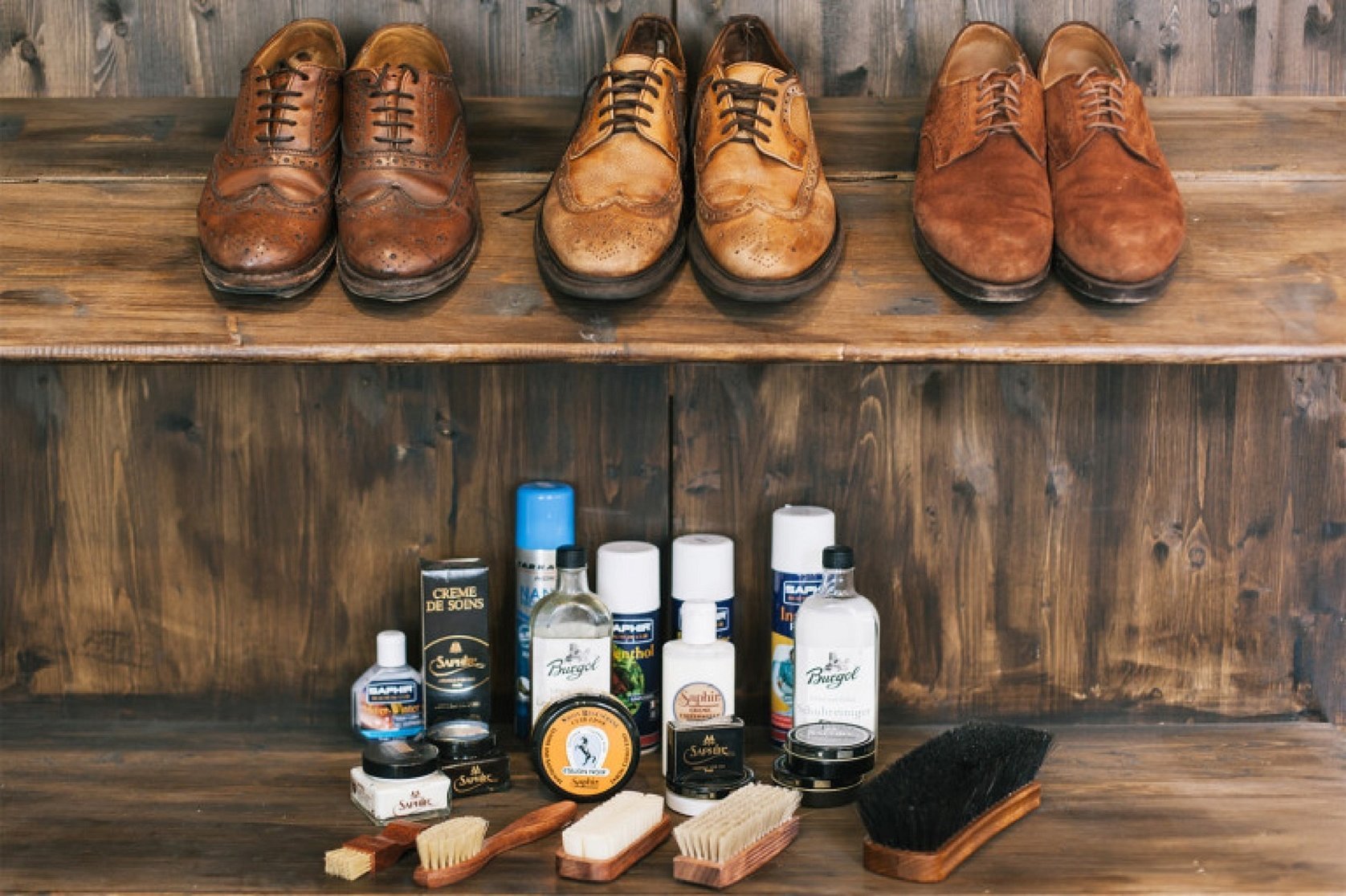
There are some popular products for cleaning and caring for shoes:
- Colonilli "Carbon Pro" - spray-impregnation with the effect of protective tape. It is necessary to treat not only shoes, but also seams on them. It perfectly holds moisture and dirt, and also preserves color. Perfect for winter and autumn;
- Duke Velour Cleaner is a shoe eraser for velour. Removes greasy and very dirty stains. But you can't press it too hard, so as not to spoil the surface.
Such products should only be purchased in shoe stores, there will definitely be no counterfeit products there.
It is also necessary to dry the products correctly. Moisture, getting on the shoes, leads to the fact that lumps appear on the surface, they cannot be combed or softened. In this case, it is necessary to use a steamer or boiling water.
You need to boil several liters of water and hold the shoes over the steam. 10 minutes is enough for the pile to be saturated with moisture. At the end of the procedure, you need to wipe the product with a cotton towel, and after two hours, go over it with a brush.
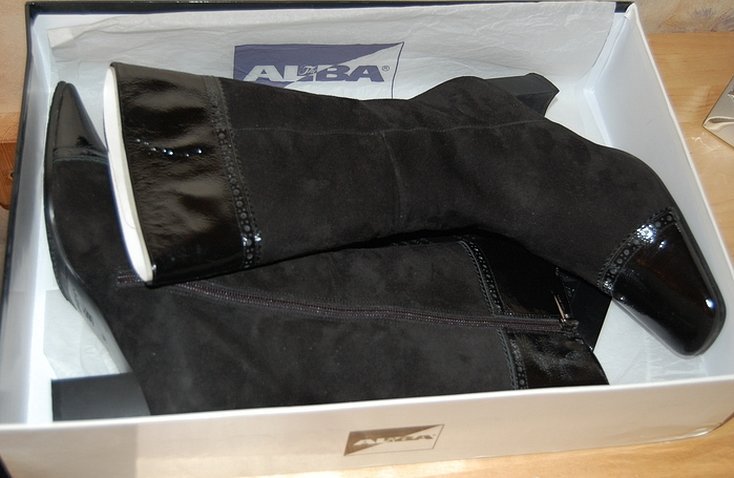
It is advisable to wear velour shoes in frost and heavy snow, but not in mud and slush. In good weather, all care will consist of shaking the shoes from snow. You should not wear such shoes in icy conditions, since the reagents have a bad effect on the pile of the product. In such weather, water-repellent sprays are needed.
In conclusion, it is necessary to summarize the article. Each of the above materials has its own characteristics, strengths and weaknesses. But they all need constant and proper care, otherwise the products can be thrown away after one season. Before buying, you need to carefully study whether one or another material can differ from another.




